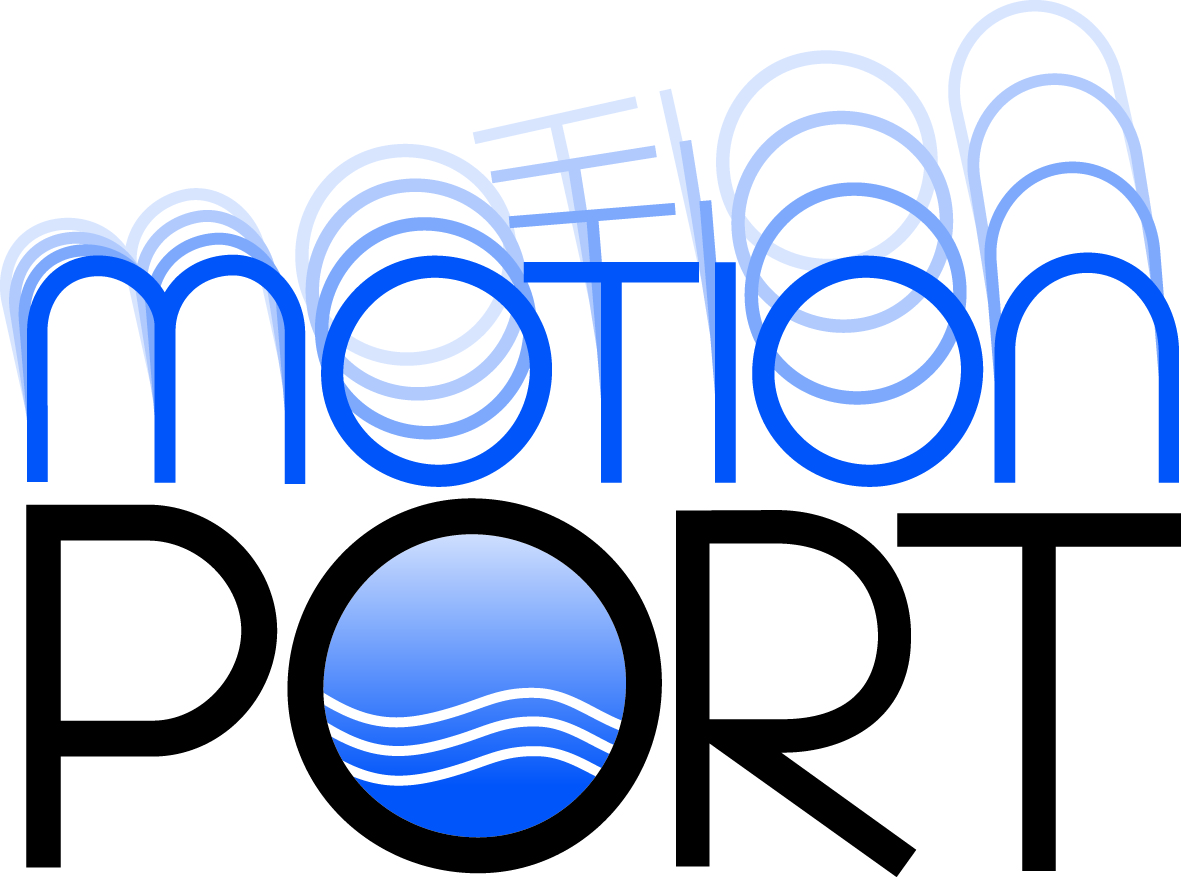
Better Engineering Through
Multibody Dynamic Simulation
April 2018 | Issue #6
In This Issue:
- Improvements to the RecurDyn Solver
- RecurDyn in the News
- Applying Spline Data in RecurDyn
Improvements to the RecurDyn Solver
With each release of RecurDyn there are a variety of enhancements to the RecurDyn/Solver. It may seem like the rate of enhancement is modest, but stepping back to see the “big picture” helps us understand how much progress has actually been made.
Consider the figure below. Each of the major releases of RecurDyn have included many enhancements. What is the accumulated benefit of all of these enhancements?
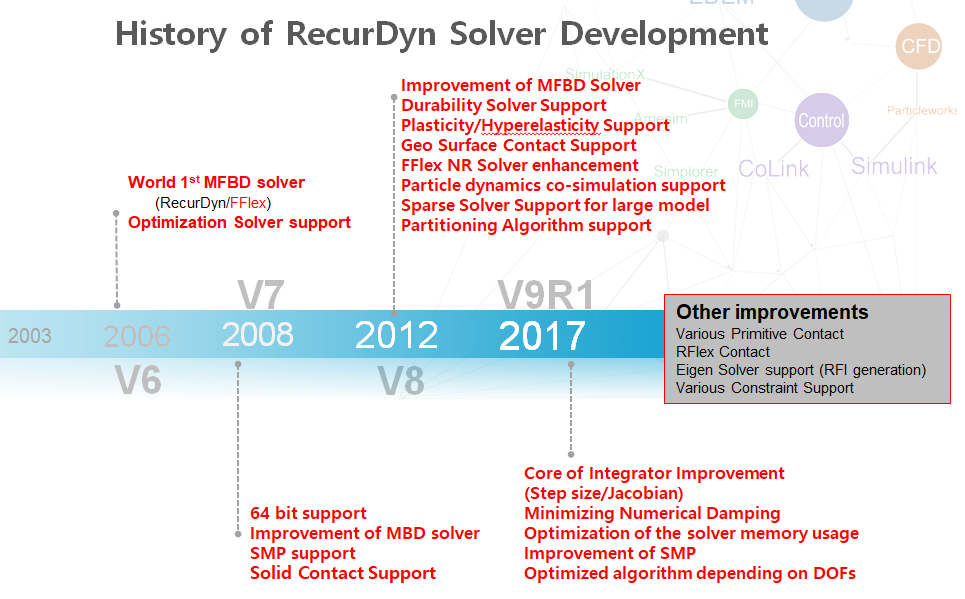
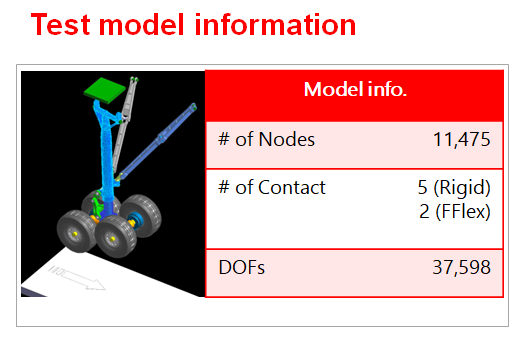 For example, the RecurDyn model shown at the right was created over 10 years ago in partnership with Siemens PLM.
For example, the RecurDyn model shown at the right was created over 10 years ago in partnership with Siemens PLM.
It was presented at a benchmark session at a NAFEMS event. The inner and outer main strut bodies are RecurDyn/FFlex nonlinear flexible bodies.
Given the flexible bodies and the flexible body contact, this model required almost a full day to run.
Compare the results with the current version of RecurDyn as shown in the figure below. The same model now runs in less than 25 minutes!
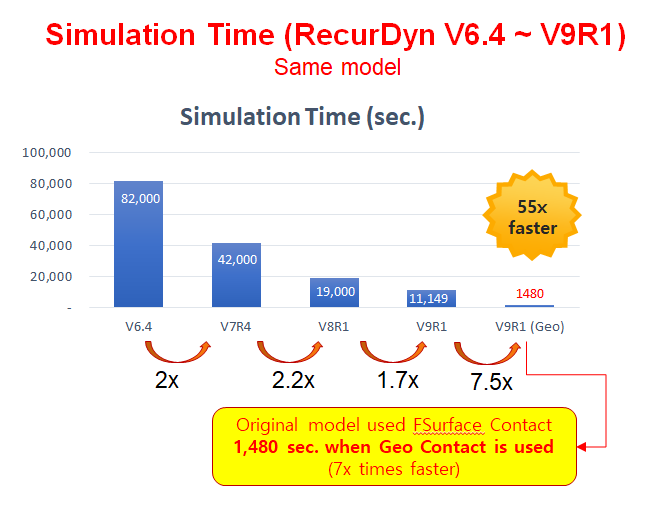 Of course the computer used to run the model now is faster than the computer used to run the model 10 years ago, but in any case the speed-up of the RecurDyn/Solver for this model is impressive!
Of course the computer used to run the model now is faster than the computer used to run the model 10 years ago, but in any case the speed-up of the RecurDyn/Solver for this model is impressive!
If you would like a copy of the animation file of the landing gear model, please click here. Please include your name and email address.
RecurDyn News & Tips
In the News:
RecurDyn User, Dr. John Elias, publishes new paper
 MotionPort congratulates Dr. John Elias, who is a Senior Research Scientist at the Akron General Medical Center, for his recent research publication in “The Knee” journal.
MotionPort congratulates Dr. John Elias, who is a Senior Research Scientist at the Akron General Medical Center, for his recent research publication in “The Knee” journal.
His paper, “Dynamic tracking influenced by anatomy following medial patellofemoral ligament reconstruction: Computational simulation” discusses how RecurDyn multibody dynamic simulation modelswere developed to represent nine knees being treated for recurrent patellar instability.
Patellar instability refers to a tendency for the kneecap to dislocated to one side during leg extension or retraction. One of the RecurDyn models is shown in the figure.
![]() We are pleased to let you know that the full version of this article is available for a limited time online at ScienceDirect.com.
We are pleased to let you know that the full version of this article is available for a limited time online at ScienceDirect.com.
Just click the link below before May 17, 2018 to access the article for free. No sign up, registration or fees required .
In the News:
Coupled RecurDyn/Particleworks simulation now available on the cloud

Users can execute large-scale multibody dynamics / computational fluid dynamics on the Rescale cloud.
The advantage of running simulations on the cloud is that there are practically no computing resource constraints, thereby accelerating simulation turnaround time.
User Tip:
How can I apply measured spline data in RecurDyn?
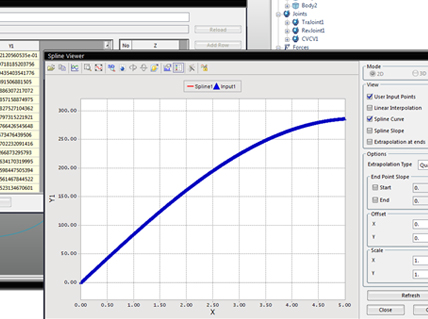
Sometimes the accuracy of a RecurDyn model can be improved by applying nonlinear measured component data from actual tests. Such components could be springs, contacts, or applied forces.
Click here to find out how to apply measured spline data to RecurDyn modeling elements.
Want to learn more about how MotionPort can help you with your projects? Contact us today to schedule a free web meeting to learn how RecurDyn, Particleworks, and MBD for ANSYS are helping our clients and how they can help you.
MotionPort LLC | St. George, UT | www.motionport.com
Click here to unsubscribe
